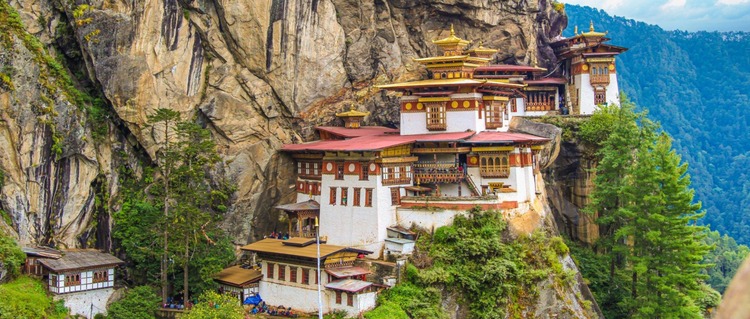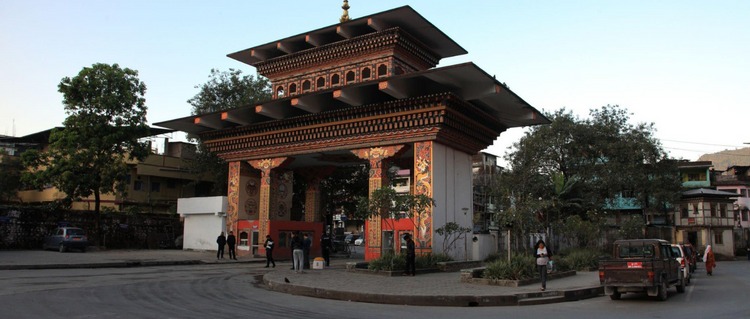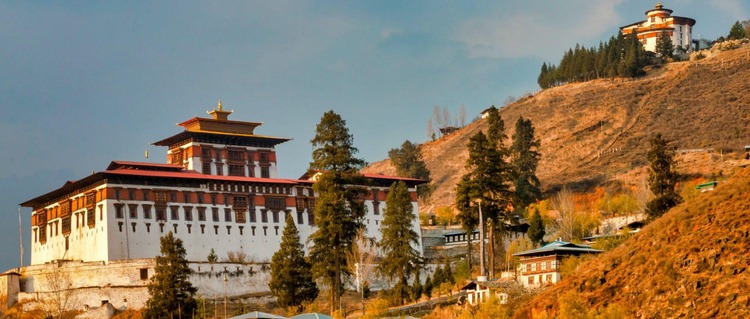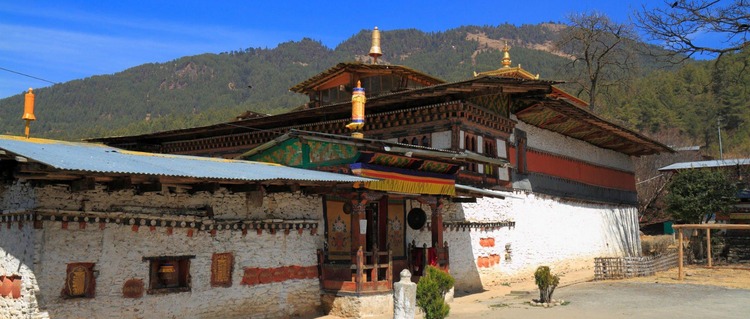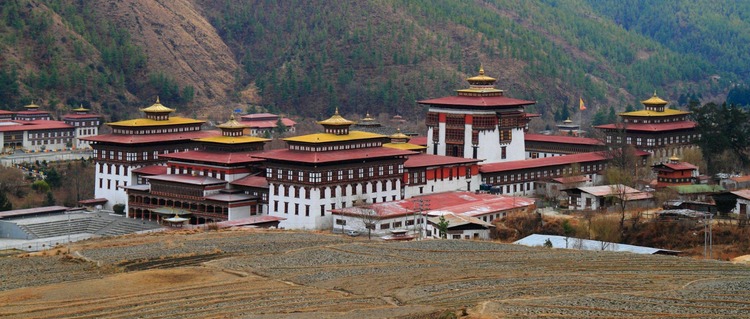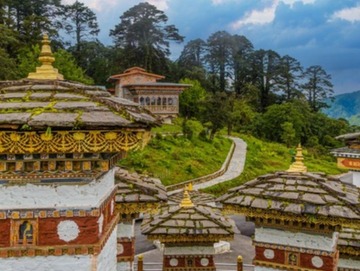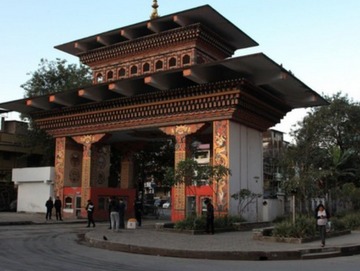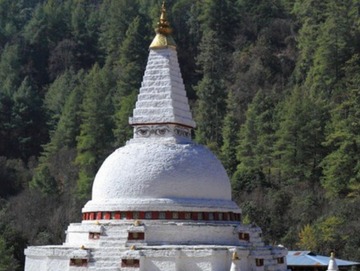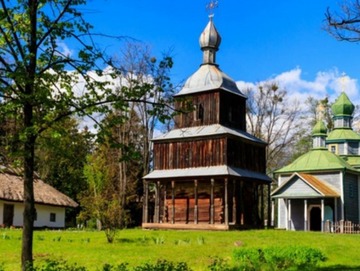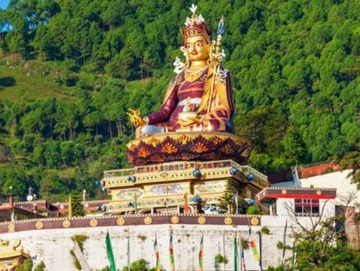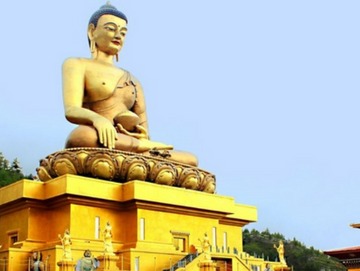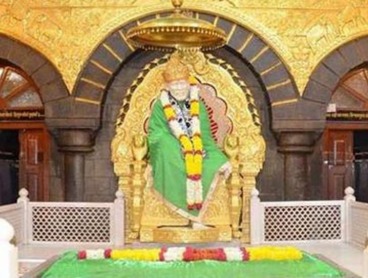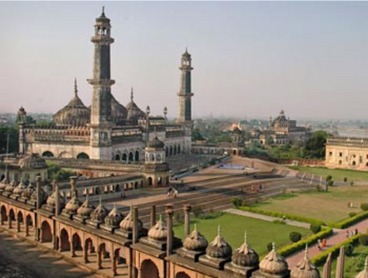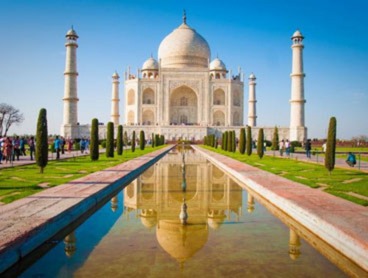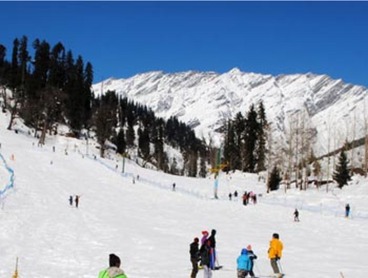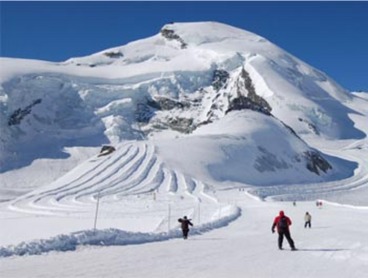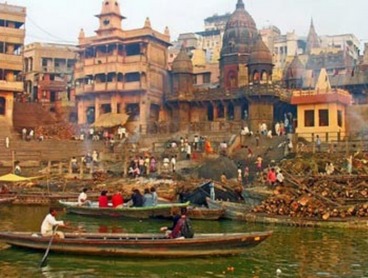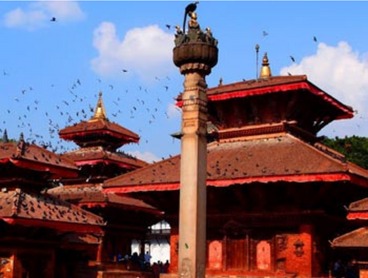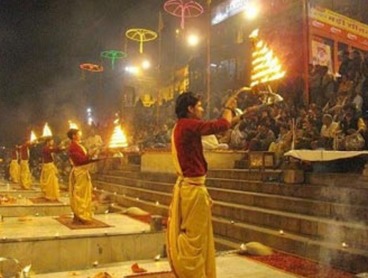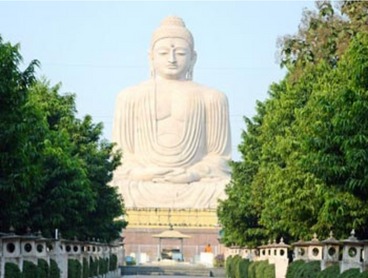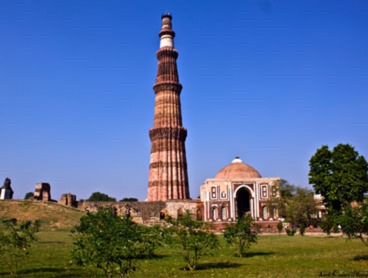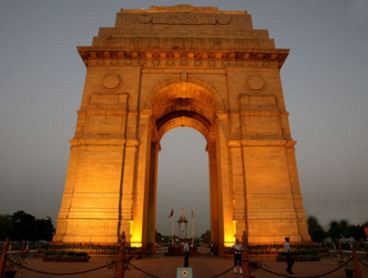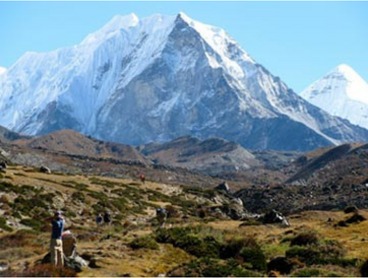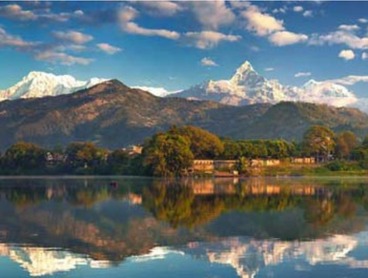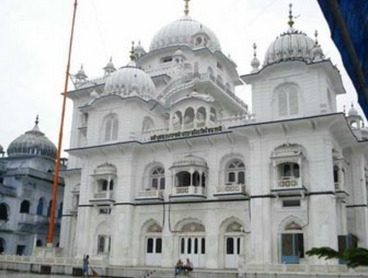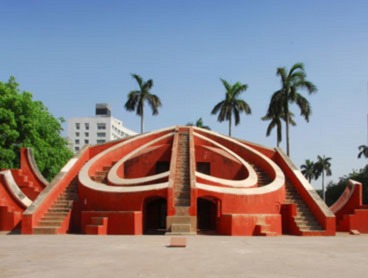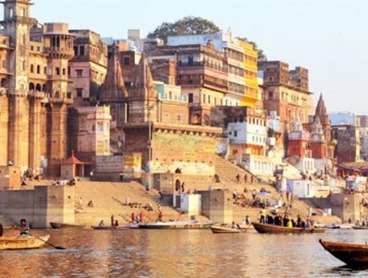-
Day 1
BAGDOGRA AIRPORT (IXB) / NEW JALPAIGURI (NJP) - PHUNTOSHOLING On arrival, guests will be received at the Bagdogra Airport / New Jalpaiguri Station by ZiniGo Guest Experience Executive who will drop you to Bhutan India border. Drive to your hotel. Overnight stay at Phuntosholing.
-
Day 2
PHUNTOSHOLING – TRANSFER TO THIMPHU After breakfast drive to Thimphu upon reaching Thimphu check in at hotel. Evening free for self-activity. Overnight stay at Thimphu.
-
Day 3
THIMPHU (CITY TOUR) : Post breakfast City tour of Thimphu includesJungshi Handmade Paper Factory:This is a private factory and they manufacture a special watermark paper as well as products such as lampshades, envelopes and other objects made of traditional Bhutanese paper. They make great gifts to take home with you and are genuinely unique. It is not just the texture of these handmade paper products that will intrigue you, but also their unique earth tones and natural hews. This factory manufactures a special watermark paper as well as products such as lampshades, envelopes and other objects made of traditional Bhutanese paper. Bhutan protects its environment through long-term sustainability, and they follow it because they do not destroy the plant when they extract the raw material required. Paper products are manufactured from "daphne papyracea".
Folk Heritage Museum: The folk heritage museum was open to the general public in 2001 upon completion. It treasures troves of culture and rich Bhutanese heritage provide rich insights into the Bhutanese ethos. Try to schedule your visit during the morning hours since the museum is less crowded at that time and there is plenty of sunlight to go around. The folk heritage museum is housed in a replica traditional Bhutanese house learn first-hand about Bhutan‟s rich cultural traditions, its deeply rooted heritage which spans thousands of years and the Bhutanese way of life. The tour of this almost living museum will also give you a glimpse onto how many rural folk of the country live today following the ancient Bhutanese ways.
Memorial Chorten: Referred to as the Memorial Chorten, it’s actual name is Gongzo Chorten or Gyaldren Chorten. The chorten (stupa) is a chief landmark in the capital city and is also a most sacred place of worship for local people. The idea of the chorten was conceptualized by the Third King His Majesty Jigme Dorji Wangchuck to ward-off negative energies. After His Majesty’s demise, the chorten was built in his memory by the 4th King and the then Queen Mother in 1972. Many old people come here early in the morning to circumambulate and say their prayers in the hopes of garnering enough good karma for their afterlife; they are joined by the middle and the younger generation in the evenings who also come to do either the same thing or to just relax their mind. The doors of this stupa remain mostly closed except on holy days. Inside, there are three stories and on each floor are statues of protective deities.
Changangkha Lhakhang: It is a 12th century temple sitting on top of a hill overlooking Thimphu valley with the main statue of Chenrizig (The Buddha of Compassion). This temple is often mistaken for a dzong by visitors because it looks like one, and apart from the temple it also houses a monastic school. Most of the couples go to this temple soon after birth to get blessings for their child. Overnight stay at Thimphu. -
Day 4
THIMPHU - PUNAKHA (3937 FT / 90 KMS / 03 HRS) CITY TOUR Post breakfast, drive toward Punakha, stop at Dochula Pass (3,100 m), where on a sunny day, you can get stunning views of the Himalayan ranges. The Dochu La Pass is probably the best known mountain pass in Bhutan. Located at an altitude of 3150 meter above sea level, the Dochu La Pass is about 30 kilometer away from the capital city Thimphu and the road to Punakha. On a clear day the pass offers visitors a spectacular view of the majestic eastern Himalayan Ranges. A cup of hot coffee or tea at the pass has almost become part of tradition for people travelling to and fro from Punakha to the capital city.
There is a small cafeteria at the pass that offers a chance for travelers to enjoy a hot beverage or a snack, it is located just off the road and overlooks the pass and is an ideal place to sit back, relax and enjoy the view. Another striking feature at the pass are the 108 Druk Wangyal Khangzang Chortens, that were built for the well-being of all sentiment beings on earth. The 108 Chorten were built as a tribute to the Kings of Bhutan for their selfless service and leadership they offer to the people of Bhutan. These Stupas or Chortens also represent the peoples love, appreciation and loyalty towards the country’s King.
Continue drive towards Punakha and stop at Lobesa village and have lunch before going for a short hike to Chimi Lhakhang (Temple of Fertility), it is dedicated to Lam Drukpa Kuenley (Divine Mad Man) and is the place from where Phalluses originated as the symbol of fertility and protection and can be seen everywhere in Bhutan, on house walls and roofs and altars. Childless couples usually go to this temple to get blessings so that they conceive and are blessed with a child. -
Day 5
PUNAKHA- BUMTHANG (212 KMS / 08 HRS):After breakfast check out from hotel and drive to Trongsa across Pele-La-Pass (11.120 ft.) traditional boundary between east & west Bhutan, There is an adrupt change in vegetation, with mountain forest replaced by high altitude dwarf bamboo. Stop Enroute Chendbji Chorten - built in the style of the great Bodhanath Choten of Nepal. Further ahead visit Trongsa Dzong – It was the seat of power over central & eastern Bhutan and Ta Dzong - An ancient watch tower. The chapel inside is said to be dedicated to the Trongsa Penlop Jigme Namgyal. Then drive further to Bumthang over the Yutong-La-Pass (11,155 ft.). While in Chumey valley in Bumthang, visit the Yathra Weaving Factory - It is the most famous textile product of Bumthang. On arrival check in at the hotel. Overnight stay at Bumthang.
-
Day 6
BUMTHANG EXCURSION After breakfast, 1st half visit Jakar Dzong: Literally meaning the Castle of White Bird. The current structure was built in 1667.
Lamey Goemba:A large palace and monastery built in 18th century by Dasho Phuntsho Wangdi Jambay Lhakhangbuilt by King Srongsen Gampo of Tibet. In October one of the most spectacular festival, “Jambay Lhakhang Drup” is staged here.
Chakhar Lhakhang: Literally meaning the Iron Castle, the original palace was made of Iron and hence the name “Chakhar”. Kurjey Lhakhang: Named after body print of Guru Rimpoche. Afternoon 2nd half Visit Tamshing Lhakhang: Literally meaning the Temple of the good message, established in 1501 by Pema Lingpa. Membarstho: Literally meaning, “The burning Lake”. The evening ends visit a local handloom weaving house and Interact with the weavers. Overnight stay at Bumthang. -
Day 7
BUMTHANG - PUNAKHA (212 KMS / 08 HRS) After breakfast drive to Punakha. Reach Punakha by late afternoon. On arrival check in at the hotel. Overnight stay at Punakha/Wangdue.
-
Day 8
PUNAKHA - PARO (7200 FT / 130 KMS / 04 HRS) CITY TOUR Post lunch drive to Paro, on the way visit Tamchog Lhakhang: Tachog lhakhang is temple that is dedicated to the 13th century saint Thangthong Gyalpo, the iron bridge builder. This temple is located across the river about 15kms from the Paro towards Thimphu. In order to get to the temple one must cross an iron chain bridge, one of the few remaining of the many that Thangthong Gyalpo built. This is a private temple however tourists are allowed to visit if they are given permission. Crossing this very old bridge with its swaying and undulating movements can be quite an experience. The temple's location on the ridge and the high rocky barren hills which serve as its backdrop makes this a good location to take pictures.
Ta Dzong (National Museum):The name Ta Dzong translates to ‘watch tower’ and it served the function of watch tower for the Paro Rinpung Dzong. Back in the day, similar look-out points were built for other dzongs (fortresses) to counter any approaching hostilities, for those were the days of frequent strife. These towers were specifically built high atop hills and other vantage points during the old days. Presently serving as the national museum (since late 60’s), it houses an array of antiquities such as ancient thangka (exquisite scroll painting), mural paintings and other forms of art done by great personalities of those days, original textiles of the kingdom which represent the culture that still flourishes, weapons & armour used back in the day, household objects typical to the Bhutanese people’s way of life back then and even now, and other natural and historical artifacts. Overnight stay at Paro. -
Day 9
PARO – (TIGER'S NEST HIKE)Have early breakfast and drive up to the base of Taktsang Monastery (Tiger’s Nest). The most famous and sacred site among all the places in Bhutan. Guru Padmasambhava is said to have come riding on a flying tigress to this place and meditated in a cave for 3 months, it wasn’t until Zhabdrung Ngawang Namgyal came to this place and meditated that it gained the popularity that it has now. The present structure is said to be built in the 15th century but was destroyed by fire in 1998 and has been restored.
The walk is about 2 hours till the top through wide pathways which was built during the restoration works. One hour into the climb there is a tea point from where you get a very good view of the monastery, they also serve lunch here. From there it’s about another 45 minutes climb to the 2nd view point and the highest point in the hike.Kyichu Lhakhang:Considered the oldest temple along with Jampa and Kenchosum Lhakhang in Bumthang, it dates back to the 7th century when a Tibetan King ordered 108 temples to be built in a single night to subdue a huge ogress. It was later renovated in the mid 19th century and in the late 1960's by the Grand Queen Mother. It is also considered by many to be one of the holiest places in the country. Inside the compound is an orange tree which always has oranges no matter what the season. Overnight stay at Paro. Overnight stay at Phuntosholing. -
Day 10
DEPART PARO - PHUNTOSHOLING After breakfast departure transfer to Phuntosholing. Evening at Leisure. Overnight stay at Phuntosholing.
-
Day 11
DEPART PHUNTOSHOLING - BAGDOGRA (IXB) AIRPORT (130 KMS / 5 HRS)After breakfast departure transfer to Bagdogra (IXB) Airport for your onwards journeys.

